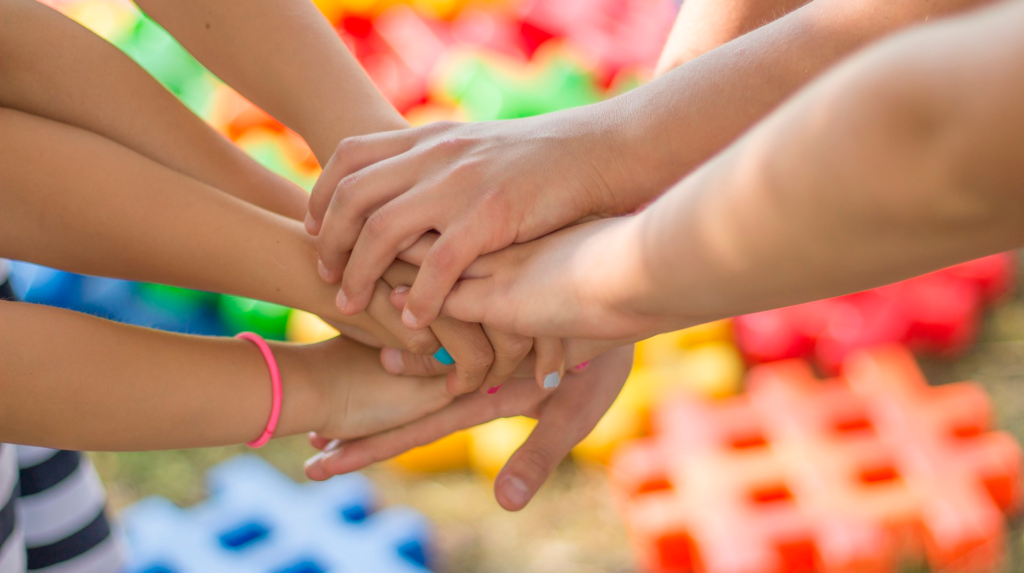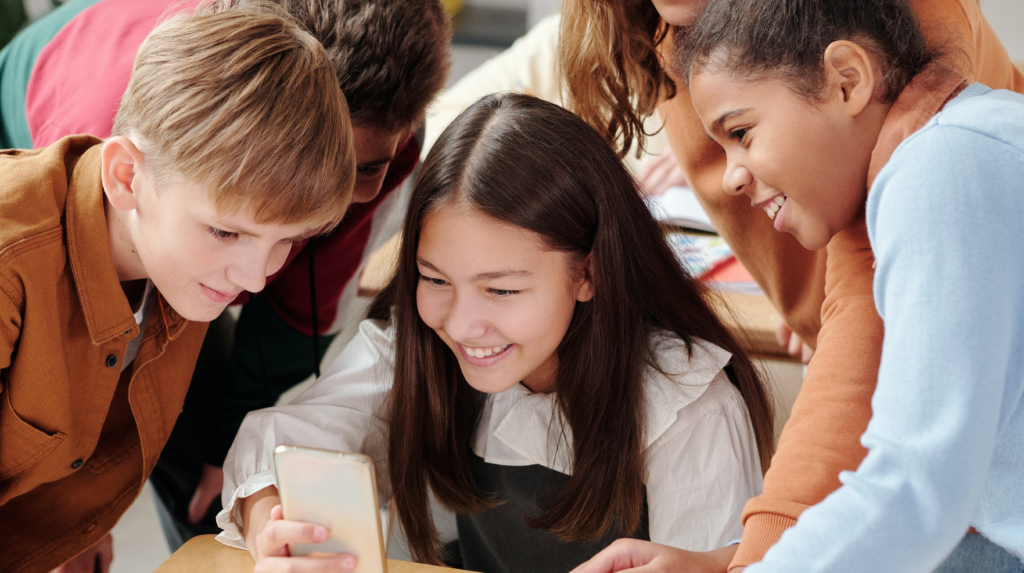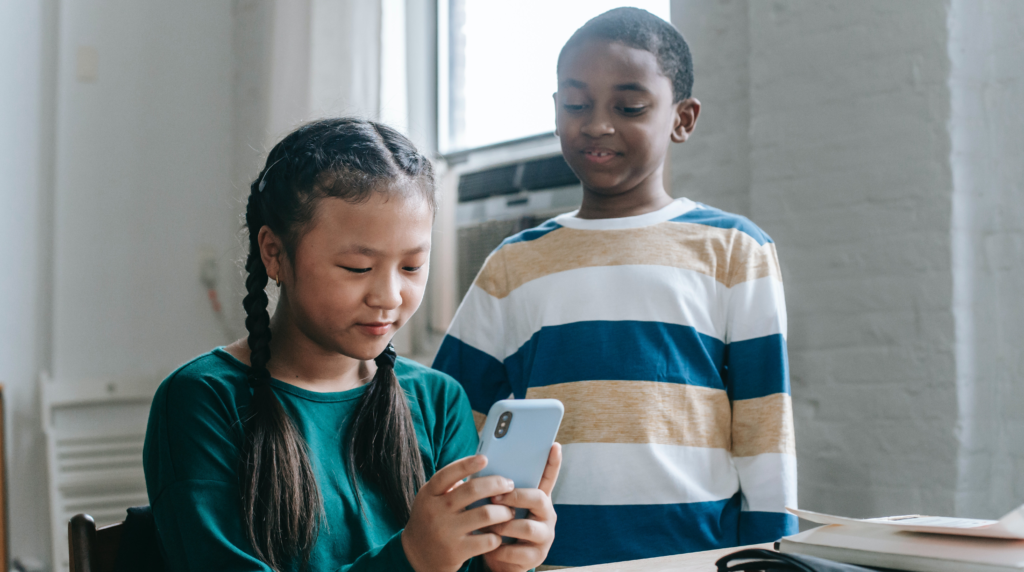When we refer to learning, the first thing that comes to our mind is a person studying with an open book on the table or learning a lesson by heart to prepare for an exam. Although this may happen, other worth-knowing learning methods have been developed over the years. Overall, education and psychology professionals address 13 learning methods.
In today’s blog post, we’ll go deeper into emotional learning, one of the most important learning methods to improve your students skills to interact with other people healthily and successfully. Keep reading and you’ll discover what emotional learning is, the benefits of emotional learning in education and how to develop it in the classroom.

What is emotional learning?
Broadly speaking, emotional learning is the process whereby people acquire and improve the skills to recognize and manage their own emotions, also to recognize and answer properly to others’.
It is an essential type of learning for personal and social development, as it increases one ‘s own well being and a richer relationship with others. Emotional learning is increasingly more important, not only in society, but also in education in particular. Emotional learning helps students face life challenges more effectively, and also develop stronger and more successful relationships with others, whether it is in the class or outside.
In short, recognizing and working on our emotions is a big step to healthily interact with others and the school is the ideal place where we can develop this type of learning.

What are the benefits of emotional learning in education?
Emotional learning brings significant benefits in education. We can see some below:
- Conflict reduction: students who work on emotional learning have more skills to recognize and express emotions. This contributes to conflict resolution and prevents it from getting more serious, as personal and others’ emotions are taken into account. Thanks to conflict reduction, school harmony and atmosphere are enhanced.
- Academic performance improvement: students’ emotional self-awareness can improve their ability to stay focused and study, this contributes to a better academic performance.
- Development of healthy relationships: to recognize and appropriately answer to others’ emotions help your students build significant relationships. This can contribute to their personal well being and self esteem, as this is directly related to their group belonging feeling. This is particularly vital in early ages and teenage years, as it is about creating new relationships outside the family unit, and these relationships will be shaping their life over the years.
- Greater empathy: similar to what we’ve seen above, your students’ ability to listen and observe others help them acknowledge their classmates’ emotions. This contributes to empathy development and more genuine relations.
- Greater resilience: resilience is the ability to adapt to a specific situation and, consequently, the overcoming of the given situation. By acknowledging the own emotions and managing them your students can be more resilient in the classroom, but also outside. In a changing world like ours, resilience is essential to adapt to new situations.
- Greater self-awareness and self-esteem: the comprehension of one’s own emotions is a great way to self-awareness. Your students can comprehend how their emotions affect their behavior, thus improving their own self-cognition and boosting their self-esteem.

How to develop emotional learning in the classroom?
Now that we know how important emotional learning is and the benefits it brings to education, let ‘s explore some suggestions on how to work on emotional learning in class. Mark my words!
- Emotions diary: this is a writing activity getting the students ponder about their own emotions. Encourage your students to write a diary with a determined frequency (daily, weekly…). The purpose is to write emotions they’ve felt during this specific period of time and explain how they’ve dealt with them, whether they’re positive or negative. This will help them recognize their own emotions and improve how they manage them.

- Emotional role-playing games: your students have to take up a specific role (based on emotions), and discuss among them, in relation to the role and the emotion they wish to express. This will help students to recognize emotions, express them and understand others. In addition, you can encourage your students to self-assess or peer assess, you can do this with Additio’s rubrics.
- Recognize emotions in cinema, television and internet: this is a great way to develop emotional learning in class, while boosting students’ digital knowledge. Here, you can ask your students to look for concrete scenes of their favorite movies or series (or even social media posts or Youtube videos) where a particular emotion is highlighted. Once they’ve chosen it, they have to explain what emotion is, how they’ve recognized it and how it can be managed, whether positive or negative.

- Problem resolution activities: you can present your students some situations where several emotions are depicted. Then, you can start a discussion about what are the emotions involved, how to use emotions to solve problems, etc. It is about deepening different types of emotions and considering how they help or affect problem resolution.
Remember, no matter the activity, you have to adapt it to your class level, and search the proper way to make it funny for your students. Also, you can use tools as Additio’s class planner to add these activities to your class planning.
Use it in your classroom!
Emotional learning must be addressed daily, but the previous activities will help you perform it in the classroom.
Do you think we’ve missed any key activity to work on emotional learning in class? Tell us all about it on social media: Facebook, Twitter, Instagram y Youtube.
See you in our next post!





